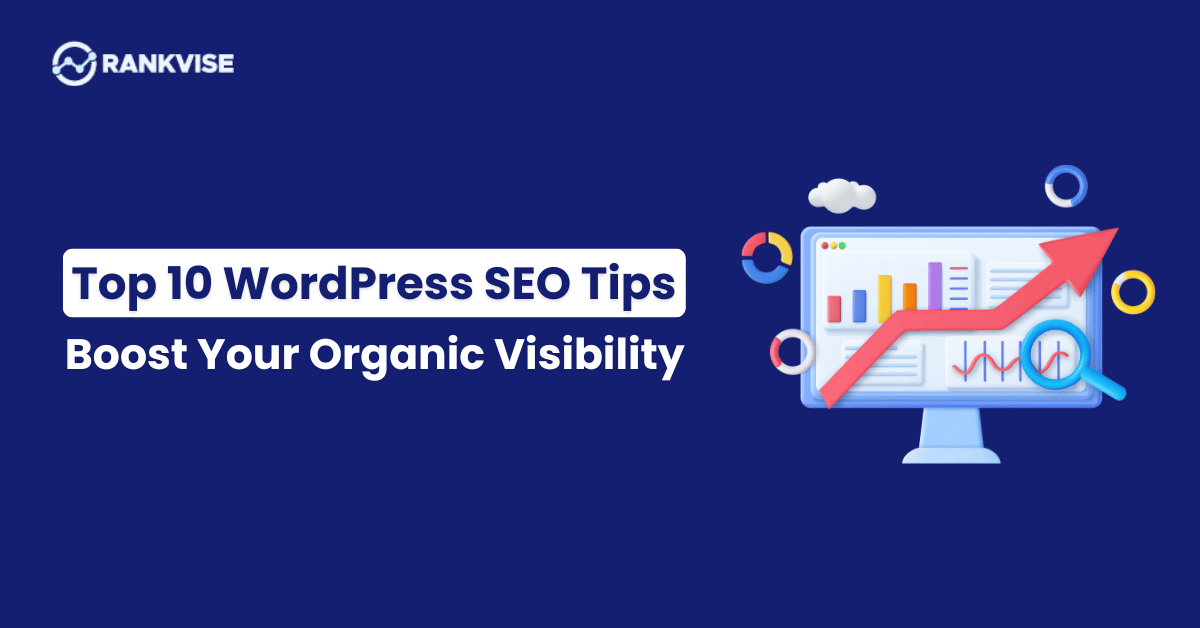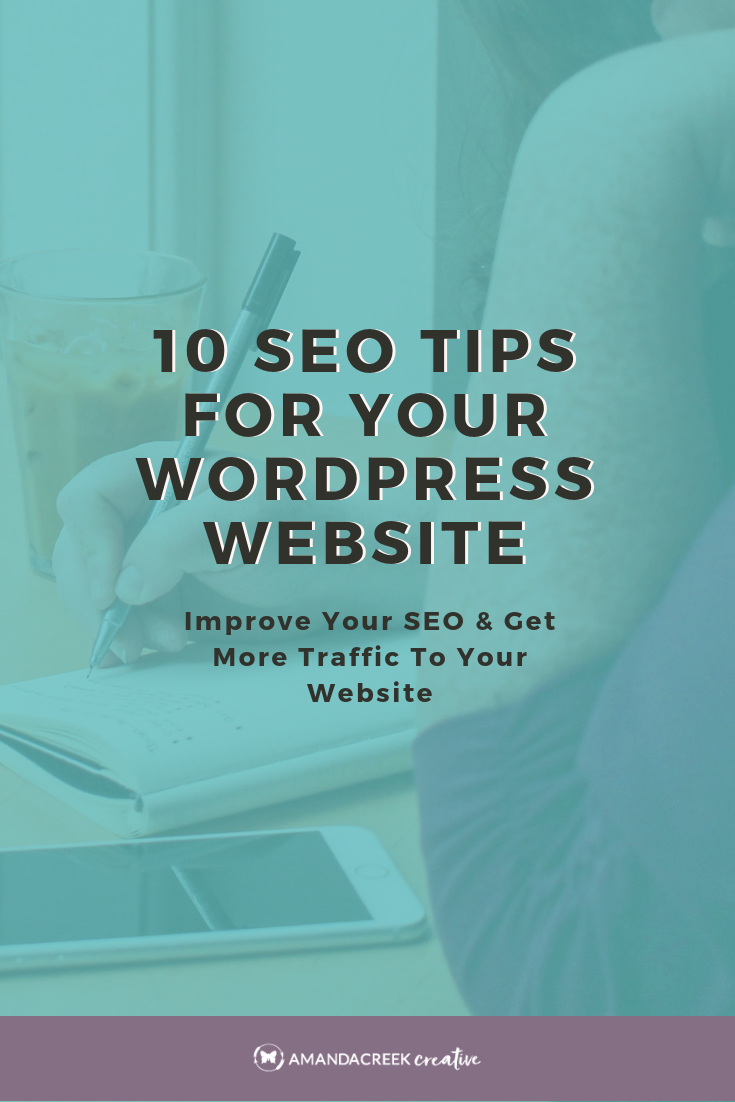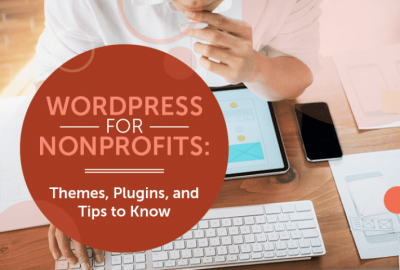If you’re running a WordPress website, you probably want more visitors, right? Well, that’s where SEO — search engine optimization — comes into play. SEO helps your site show up higher in search engine results like Google, making it easier for people to find you. Think of SEO as a way to speak the language of search engines so they understand what your site is all about. When done right, SEO can bring in more organic traffic, boost your visibility, and ultimately grow your business or brand. It’s not just about keywords; it’s about creating a user-friendly, valuable website that search engines love to recommend.
Choosing the Right SEO-Friendly WordPress Theme

Picking the perfect theme for your WordPress site is more than just choosing something pretty — it’s about selecting a theme that’s optimized for SEO. An SEO-friendly theme can make a big difference in your search rankings and site performance. So, what should you look for? Let’s break it down:
- Clean and Well-Coded: A theme with clean, lightweight code ensures your site loads faster and is easier for search engines to crawl.
- Responsive Design: Mobile-friendly themes are a must since Google prioritizes mobile-first indexing. Make sure your theme looks great on all devices.
- Schema Markup Support: Themes that support schema markup help search engines understand your content better, which can enhance your listings with rich snippets.
- Compatibility with SEO Plugins: Ensure the theme works seamlessly with popular SEO plugins like Yoast SEO or All in One SEO Pack.
- Fast Loading Speed: A slow website can hurt your rankings. Look for themes optimized for speed, with minimal bloat and optimized images.
- Regular Updates and Support: Choose a theme from reputable developers that are regularly updated and offer support — this keeps your site secure and compatible with the latest SEO best practices.
Some popular SEO-friendly themes include Astra, GeneratePress, and Schema. Remember, the theme sets the foundation for your SEO efforts, so take your time to pick one that aligns with your site’s goals and provides a solid base for optimization.
3. Installing and Configuring Essential SEO Plugins

Alright, let’s talk about one of the most powerful ways to boost your WordPress site’s SEO: installing the right plugins. Think of plugins as your secret weapons—they add functionality without needing to code from scratch. The key here is choosing the right ones and setting them up properly.
Two of the most popular SEO plugins are Yoast SEO and All in One SEO Pack. Both are user-friendly and packed with features that help you optimize your site effectively.
Getting Started with Yoast SEO
- Install the Plugin: Go to your WordPress dashboard, navigate to Plugins > Add New, search for Yoast SEO, and click Install Now. Once installed, activate it.
- Configure Basic Settings: Use the Configuration Wizard to set your site type, organization or person, and social profiles. This helps Yoast understand your site better.
- Optimize Content: When editing a post or page, you’ll see the Yoast SEO box. Fill in the focus keyword, and Yoast will give you real-time suggestions to improve readability and SEO.
Setting Up All in One SEO Pack
- Install and Activate: Similar to Yoast, search for the plugin in the plugin repository, install, and activate.
- Configure Basic Settings: Head over to All in One SEO > General Settings to set your homepage title, description, and social media profiles.
- Optimize Content: Use the meta box provided by the plugin to add custom titles and descriptions for each page or post, making sure they’re enticing and keyword-rich.
Additional Tips for Plugin Configuration
Remember, installing the plugin is just the start. Take the time to explore its settings. Disable or enable features based on your needs—overloading your site with unnecessary options can slow things down. Regularly update your plugins to keep your SEO tools secure and effective.
4. Optimizing Your Content for Better Search Visibility

Great content is the backbone of good SEO. But it’s not just about writing well—it’s about writing smart. Optimizing your content helps search engines understand what you’re talking about and makes it easier for your audience to find you.
Focus on Keyword Research
Start by identifying keywords your target audience is searching for. Use tools like Google Keyword Planner or Ubersuggest. Find keywords with a good balance of search volume and competition. Once you have your keywords, incorporate them naturally into your content.
Craft Compelling Titles and Meta Descriptions
Your title tag and meta description are what users see in search results. Make them count!
- Title Tags: Keep them under 60 characters. Include your main keyword near the beginning.
- Meta Descriptions: Summarize your page in 150-160 characters. Make it engaging and include keywords.
Use Headings Strategically
Headings not only break up your content for readability but also tell search engines what’s important. Use
for main sections,
for subsections, and so on. Incorporate keywords naturally into your headings where appropriate.
Optimize Images
Optimize Images

Images make your content more engaging, but they can also impact SEO. Use descriptive filenames and alt text that include relevant keywords. Compress images to ensure your site loads quickly—speed is a ranking factor!
Internal and External Linking
Link to other relevant pages on your site (internal linking) and reputable external sources. This helps search engines understand your content’s context and boosts your credibility.
Formatting for Readability
Use short paragraphs, bullet points, numbered lists, and highlight important info with bold or italics. Well-structured content keeps visitors engaged and reduces bounce rates, which positively influences your rankings.
Remember, SEO isn’t a one-time task. Keep your content fresh and updated, monitor your rankings, and tweak your strategies as needed. Happy optimizing!
5. Utilizing Keywords Effectively in Your WordPress Site
When it comes to boosting your WordPress site’s search engine rankings, understanding how to use keywords effectively is absolutely essential. Keywords are the words or phrases that your target audience types into search engines when they’re looking for content like yours. So, it’s about making sure your content aligns with what people are searching for.
First off, do your keyword research. Tools like Google Keyword Planner, Ubersuggest, or SEMrush can help you discover relevant keywords with good search volume and manageable competition. Once you’ve identified your target keywords, it’s time to incorporate them thoughtfully into your content.
Here are some tips for effective keyword usage:
- Use primary keywords in key areas: Include your main keywords in the post title, URL slug, and within the first 100 words of your content. This helps search engines understand what your page is about right from the start.
- Incorporate keywords naturally: Never stuff keywords unnaturally into your content. Write for your readers first; keyword placement should feel seamless. Overstuffing can hurt your rankings and make your content less enjoyable to read.
- Use variations and long-tail keywords: Instead of repeating the same phrase, use variations and long-tail keywords. These are more specific and often less competitive, helping you rank for niche queries.
- Optimize meta descriptions and headers: Include keywords in your meta descriptions and subheadings (like H2 and H3 tags). This not only boosts SEO but also makes your content more organized and scannable for readers.
- Leverage keywords in images: Use descriptive filenames and alt text with relevant keywords for your images. This helps your site appear in image search results and improves accessibility.
Remember, the goal is to strike a balance—optimize your content for search engines without compromising the readability and value for your visitors. When done right, effective keyword usage can significantly increase your visibility and attract the right audience to your WordPress site.
6. Enhancing Site Speed and Performance for SEO Benefits
Let’s talk about something that’s often overlooked but incredibly important: your website’s speed. A fast-loading site isn’t just good for user experience; it’s also a key factor in SEO rankings. Search engines like Google prioritize websites that load quickly because they provide a better experience for users.
If your WordPress site feels sluggish, visitors might leave before it even loads, and search engines might rank you lower. The good news? There are several straightforward ways to boost your site’s speed and performance.
Here are some practical tips to get your site running faster:
- Choose a reliable hosting provider: Your hosting environment has a huge impact on speed. Opt for a reputable host that specializes in WordPress hosting with solid uptime and fast servers.
- Use a lightweight theme: Some themes are bloated with unnecessary features. Pick a clean, lightweight theme optimized for speed, like GeneratePress or Astra.
- Install caching plugins: Caching stores a static version of your site, reducing server load and speeding up load times. Popular options include W3 Total Cache or WP Rocket.
- Optimize images: Large images slow down your site. Use tools like Smush or ShortPixel to compress images without losing quality, and always specify image dimensions.
- Minimize plugins: Only keep essential plugins and regularly review and deactivate any that are unnecessary. Too many plugins can cause conflicts and slow down your site.
- Implement a Content Delivery Network (CDN): CDNs distribute your content across multiple servers worldwide, ensuring faster load times regardless of visitor location.
- Regularly update WordPress, themes, and plugins: Updates often include performance improvements and security patches that keep your site running smoothly.
Beyond these tips, regularly monitoring your site’s performance using tools like Google PageSpeed Insights, GTmetrix, or Pingdom can help you identify issues and track improvements. Remember, a faster website not only improves SEO but also keeps your visitors happier, increasing engagement and conversions. So, invest some time into optimizing your site’s speed—you’ll thank yourself in the long run!
7. Implementing Structured Data and Rich Snippets
When it comes to making your WordPress site stand out in search results, implementing structured data and rich snippets is a game-changer. But what exactly are these, and how do they help? Let’s break it down in simple terms.
Structured data is a way of organizing your website’s content using a standardized format, like Schema.org markup. Think of it as giving search engines a detailed map of what your content is about. Instead of just reading your page text, search engines can understand the context better, which opens the door to displaying rich snippets.
Rich snippets are enhanced search results that show extra information—like star ratings, product prices, event dates, or recipe details—right on the search results page. This additional info makes your listing more attractive, informative, and clickable, which can significantly increase your click-through rate.
Here’s how you can implement structured data on your WordPress site:
- Use Plugins: There are several user-friendly plugins like Schema & Structured Data for WP & AMP or Yoast SEO (which has some schema options). These plugins simplify adding schema markup without touching code.
- Add Schema Markup Manually: If you’re comfortable with code, you can add JSON-LD schema scripts directly into your pages or posts. This gives you more control and allows you to customize the data precisely.
- Focus on Key Content Types: Prioritize marking up content types that benefit most from rich snippets, such as products, reviews, recipes, articles, events, and FAQs.
Once implemented, test your structured data using tools like Google’s Rich Results Test. This helps ensure your markup is correct and eligible for rich snippets.
Remember, while structured data doesn’t guarantee rich snippets will appear every time, it definitely increases your chances and helps search engines understand your content better. It’s a powerful, often overlooked SEO tactic that can give your site a competitive edge.
8. Building Quality Backlinks to Boost Your Search Rankings
Let’s talk about backlinks—those hyperlinks from other websites pointing to your WordPress site. They’re like votes of confidence from the web, telling search engines that your content is trustworthy and valuable. But not all backlinks are created equal. Quality always trumps quantity here.
So, how do you build backlinks that actually boost your search rankings? Here are some effective strategies:
- Create Link-Worthy Content: Focus on producing high-quality, original content that others want to reference. Think comprehensive guides, in-depth tutorials, case studies, or original research. Content that provides real value naturally attracts backlinks.
- Guest Blogging: Reach out to reputable blogs in your niche and offer to write guest posts. In return, you often get to include a backlink to your site. Just make sure your guest posts are relevant and high quality.
- Engage with Your Community: Participate in forums, comment on industry blogs, and share your expertise. When done genuinely, these interactions can lead to relationships and backlink opportunities.
- Leverage Social Media and PR: Share your content on social platforms, and don’t be shy about reaching out to journalists or influencers for coverage. Coverage from reputable sources can generate valuable backlinks.
- Build Relationships with Other Websites: Collaborate with other site owners for interviews, joint webinars, or resource pages. These collaborations often lead to backlinks and increased exposure.
And here’s a quick tip: regularly monitor your backlinks using tools like Ahrefs, SEMrush, or Google Search Console. This helps you understand what’s working and identify any low-quality links that might harm your SEO.
Remember, building backlinks is a gradual process—it’s about earning trust over time. Focus on creating genuine, valuable relationships and content. Not only will this improve your search rankings, but it’ll also establish your site’s authority and reputation in your niche.
9. Monitoring Your SEO Progress with Analytics Tools
So, you’ve put in the effort to optimize your WordPress site—awesome! But how do you know if all those SEO tweaks are actually making a difference? That’s where analytics tools come into play. Think of them as your site’s health dashboard, giving you real-time insights into how visitors find and interact with your content. Monitoring your SEO progress isn’t just about tracking rankings; it’s about understanding the bigger picture and making informed decisions.
Google Analytics is a must-have. It provides detailed data on your visitors—where they come from, what pages they visit, how long they stay, and much more. By setting up Google Analytics correctly, you can see which keywords are bringing traffic, identify your most popular content, and spot bounce rates that might indicate issues.
Another powerful tool is Google Search Console. This platform helps you monitor your site’s presence in Google search results. You can see which queries bring users to your site, analyze your click-through rates, fix crawl errors, and submit sitemaps. It’s invaluable for understanding how Google perceives your website and what you can do to improve your rankings.
Here’s a quick look at some key metrics to keep an eye on:
- Organic Traffic: How many visitors come from search engines.
- Keyword Rankings: Your position for target keywords.
- Click-Through Rate (CTR): Percentage of users clicking on your link in search results.
- Bounce Rate: How many visitors leave after viewing only one page.
- Conversion Rates: Actions visitors take that align with your goals—signups, purchases, etc.
By regularly reviewing these metrics, you can identify what’s working and what needs tweaking. For example, if a page has high traffic but a low bounce rate, it’s likely engaging. Conversely, if you see a drop in rankings for a particular keyword, it might be time to revisit your content or backlinks strategy.
Remember, SEO is an ongoing process. Use the data to set realistic goals, track your progress over time, and celebrate small wins. With consistent monitoring, you’ll gain a clearer picture of your site’s performance and be better equipped to adapt your strategies for even better results.
10. Best Practices for Ongoing WordPress SEO Maintenance
Getting your WordPress site optimized is just the beginning—SEO isn’t a one-and-done deal. It’s a continuous journey that requires regular maintenance to stay ahead of the game. Fortunately, maintaining your SEO health doesn’t have to be complicated; with a few best practices, you can keep your site performing at its best for the long haul.
First up, keep your WordPress core, themes, and plugins updated. Outdated software can introduce security vulnerabilities and compatibility issues, which might negatively impact your SEO. Set up automatic updates if possible, or schedule regular checks to ensure everything is current.
Next, review and refresh your content periodically. Search engines love fresh, relevant content. Update old blog posts with new information, optimize outdated keywords, and add new sections where relevant. This not only boosts your rankings but also provides more value to your readers.
Another key aspect is link management. Regularly audit your internal and external links to ensure they’re working properly. Fix broken links, remove outdated ones, and add new internal links to help search engines better crawl your site. Building high-quality backlinks continues to be vital, so focus on earning reputable links through guest posting, partnerships, or creating share-worthy content.
Don’t forget to optimize your site’s speed and mobile-friendliness. Use tools like Google PageSpeed Insights to identify and fix performance issues. A fast, responsive site improves user experience and is a significant ranking factor.
Additionally, keep an eye on your analytics data. Regularly review your key metrics to spot any sudden drops or upward trends. This proactive approach allows you to address issues before they impact your rankings significantly.
Finally, stay updated with SEO best practices and algorithm changes. Follow reputable SEO blogs, participate in forums, and consider periodic training. SEO is always evolving, so staying informed ensures you’re implementing strategies aligned with the latest standards.
In summary, ongoing WordPress SEO maintenance is about consistency and adaptability. By regularly updating your site, reviewing your content, managing links, optimizing site performance, and staying informed, you’ll ensure your site remains competitive and continues to climb the search rankings for years to come.


